An recent CBS News article claims that climate change induced sea level rise could result in large parts of New York City being underwater by the year 2100. This is false. The best and most relevant data measuring sea level rise in the New York Battery Park area shows a slow but steady rate of rise since 1850 that would fall very far short of submerging any locations in New York City by 2100.
In the article, CBS News cites the National Oceanic and Atmospheric Administration (NOAA) saying:
“NOAA predicts sea levels in Battery Park City and on the East Side of Manhattan will rise between 2.5 feet and 6.5 feet by the year 2100.”
CBS interviewed a resident nearby who said:
“That’s crazy to even picture,” said Nef Garcia, who lives in Battery Park City.
He’s right, it is crazy and here is why.
NOAA’s prediction is heavily predicated on computer climate models that assume a huge acceleration in sea level rate of rise over the next 75 years. In particular, NOAA’s Sea Level Rise Viewer, upon which the prediction is based, relies on estimates and models used in 2007. These estimates are woefully outdated, and with the new generation of models now in use, the old estimates used by CBS don’t accurately represent the future the current best projections. The predictions CBS cites are shown in Figure 1.

Since 2007, research has shown that computer climate models consistently run too hot. The unfortunate part of these “too hot models” is that they have been in use for years, referenced by other scientific papers, and have been the basis for claiming future doom scenarios in thousands of media stories just like this one.
So, there’s a built-in bias in these models, and if you use their outputs to predict things like sea level rise, you’ll end up with exaggerations rather than reality. This is a dramatic case of Garbage In, Garbage Out.
Speaking of reality, actual data exists on sea level rise from the Battery Park area of New York City, cited in the story. NOAA has plotted the data here, seen in Figure 2 below:

Note the text provided by NOAA at the bottom of the graph:
The relative sea level trend is 2.92 millimeters/year with a 95% confidence interval of +/- 0.09 mm/yr based on monthly mean sea level data from 1856 to 2023 which is equivalent to a change of 0.96 feet in 100 years.
Actual data says 0.96 feet (less than a full foot) in 100 years, and of course, it will be even less that for the 75 years until 2100. Despite the hard data, another division of NOAA, who produced the sea level viewer that CBS News touted, says “between 2.5 feet and 6.5 feet by the year 2100.” Clearly, somebody is wrong, they both can’t be right. Sound science practice dictates that when data and theory conflict, you question the theory, not the data, which in this case would mean trusting actual data, rather than computer model projections.
Also notable are the past failed predictions of NYC being inundated by rising seas by some prominent people, such as James Hansen, Ph.D. of NASA, often referred to as the father of global warming, who had an office just a few blocks away from the Battery Park tide gauge. In a 2001 interview with Salon.com, he said this:
While doing research 12 or 13 years ago, I met Jim Hansen, the scientist who in 1988 predicted the greenhouse effect before Congress. I went over to the window with him and looked out on Broadway in New York City and said, “If what you’re saying about the greenhouse effect is true, is anything going to look different down there in 20 years?” He looked for a while and was quiet and didn’t say anything for a couple seconds. Then he said, “Well, there will be more traffic.” I, of course, didn’t think he heard the question right. Then he explained, “The West Side Highway [which runs along the Hudson River] will be under water. And there will be tape across the windows across the street because of high winds. And the same birds won’t be there. The trees in the median strip will change.” Then he said, “There will be more police cars.” Why? “Well, you know what happens to crime when the heat goes up.” (emphasis, authors)
When WUWT reported the story in 2011, discussing Hansen’s falsified prediction, it made some waves, and lo and behold, the original reporter comes to the Hansen’s rescue, by moving the goalposts out another 20 years saying he had misquoted Hansen, and it was actually 40 years not 20 years.
So, by that Hansen claim, the West Side Highway will be under water in 2028. Here is a 2023 Google Earth Street View of the West Side Highway, about a mile North of Battery Park. It seems the ocean has a huge way to go before the highway is flooded in 5 years, seen in Figure 3 below:
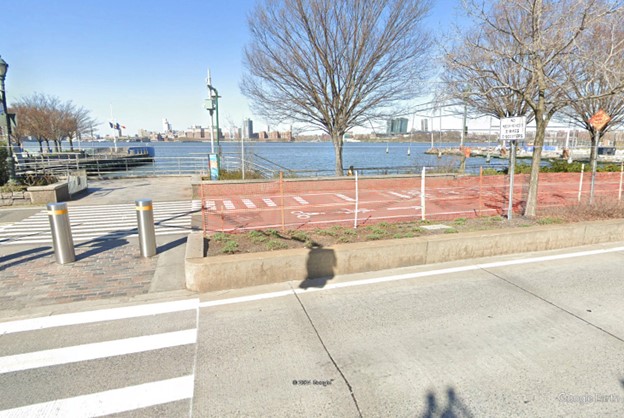
When the topic is climate change, even the “father of global warming” has repeatedly been proven wrong.
The bottom line: hyperbolic predictions on New York City and sea level have been around for decades, and not one of them has come true, nor is there evidence that they will come true within any realistic time frame. If CBS News had bothered to fact check, they would have discovered this. Instead, they chose to write a scare story citing outdated, flawed computer models predictions of future doom, ignoring real world data to the contrary, in the process.
About the only accurate portion of the CBS News story is the quote from Battery Park resident Nef Garcia, who said “That’s crazy to even picture.”















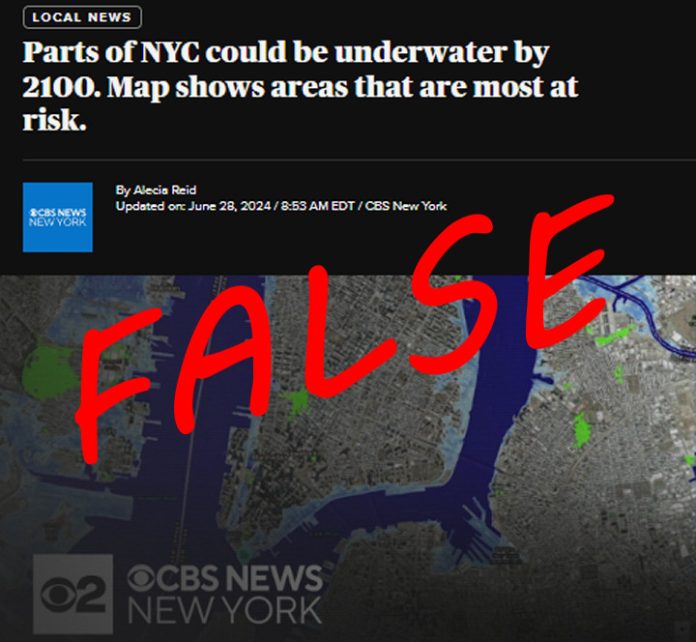
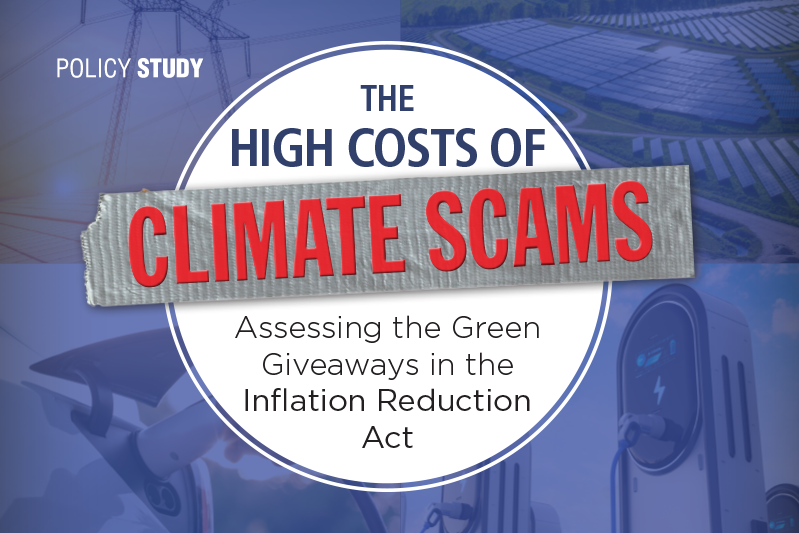
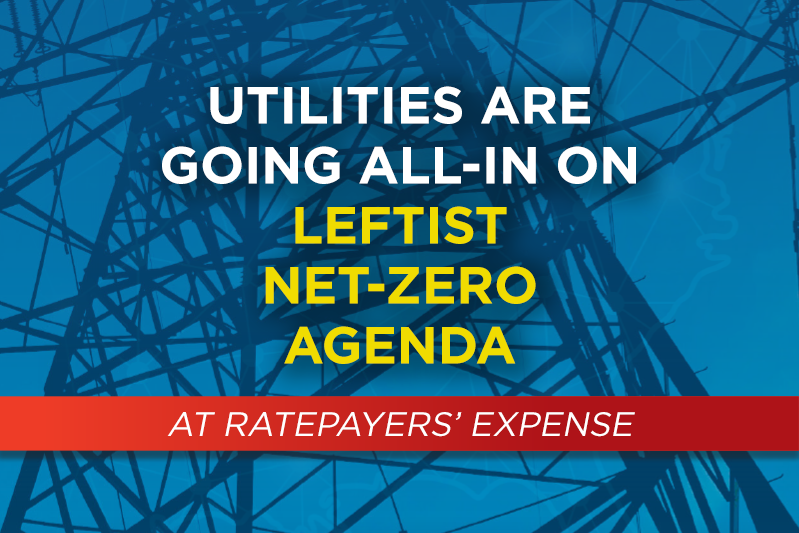
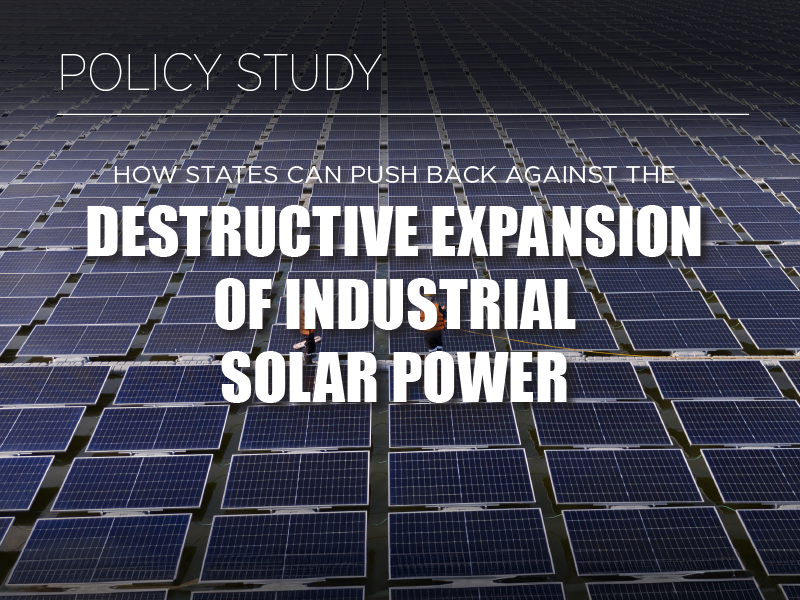
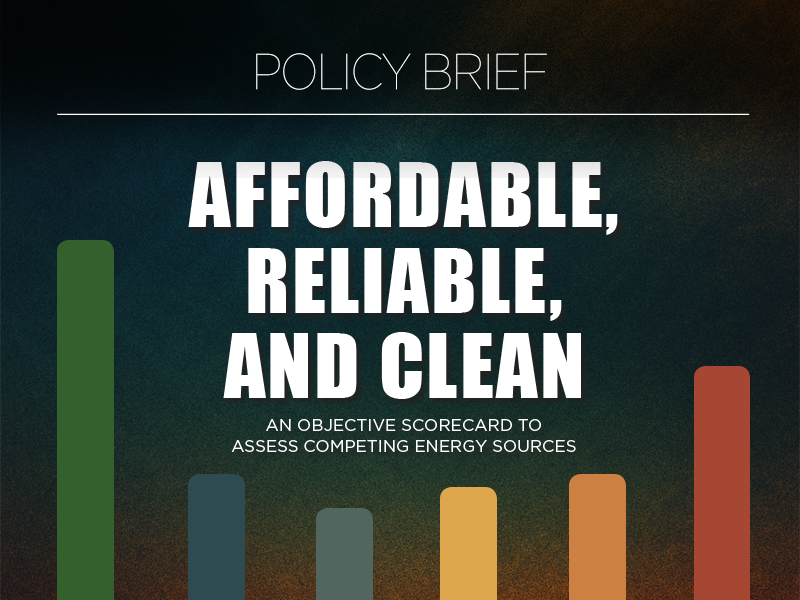


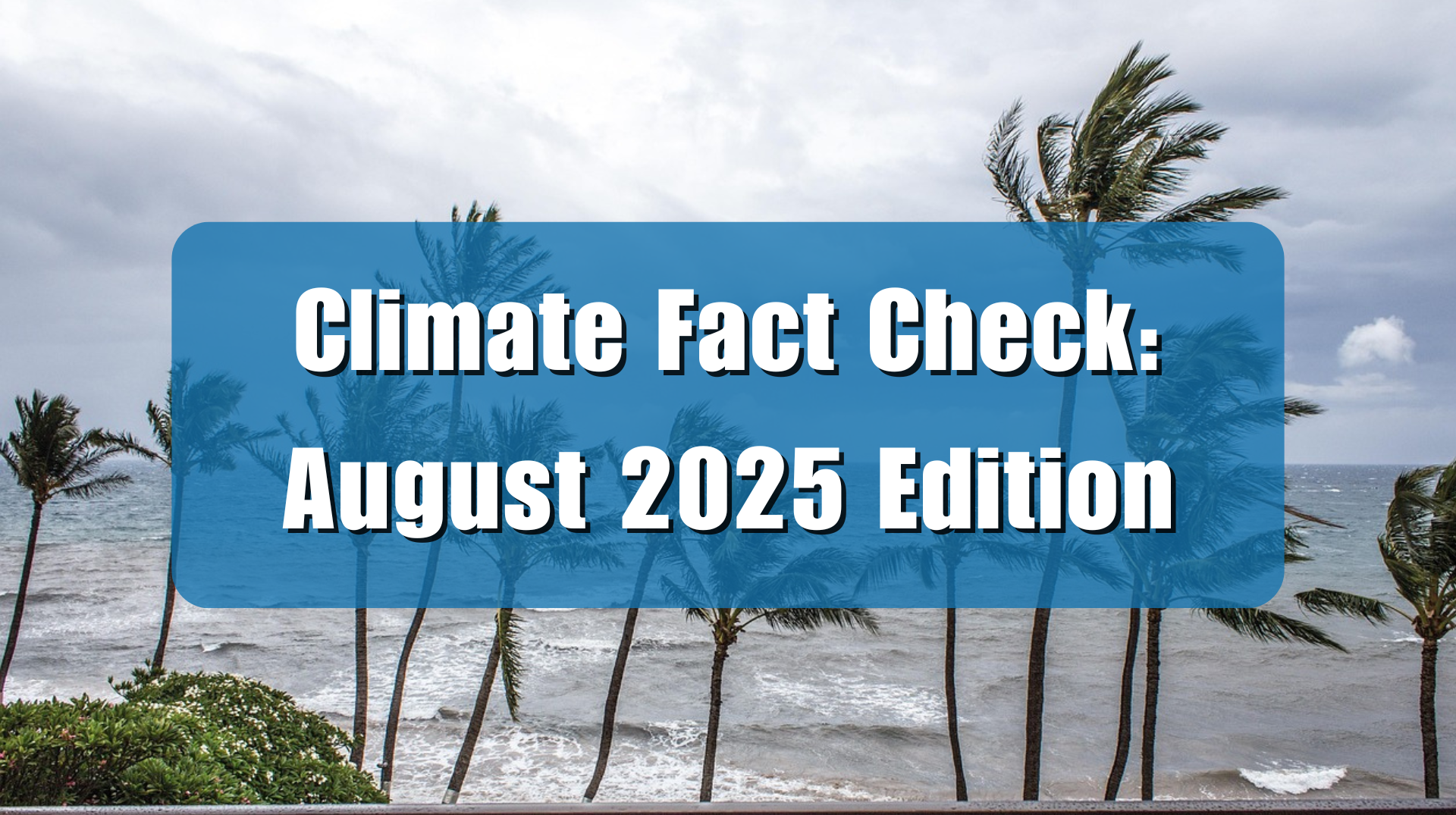

Where is all this extra water coming from, there is a finite amount of water in the atmosphere it isn’t increasing or decreasing it falls as rain, evaporates forms clouds and starts the whole process over again! Totally ludicrous that they make these outlandish claims! The great flood that submerged the earth in Noah’s time is never happening again and that was a God event! The next time God gets involved it will be more devastating but that’s nothing we can predict by AI or computer models! Be prepared and ready but not for sea level rise!
In 1988 I was in college studying geoscience. I heard all kinds of hype about the greenhouse effect. I heard the prediction about some highway in New York being underwater by the year 2000. I didn’t believe it. Well, 2000 came and went, and 2020 came and went, and the highway in New York still isn’t flooded. 2040, 2060, and 2100 will come and go, and it still won’t be flooded.
“between 2.5 feet and 6.5 feet by the year 2100.”
NOAA said that? That’s a huge range. Didn’t anyone at NOAA think to double-check the figures?